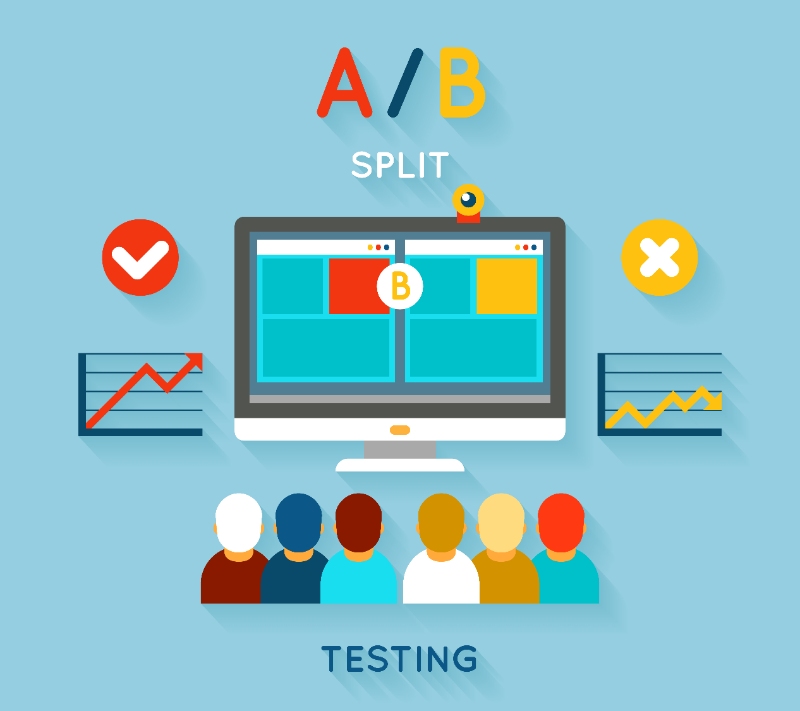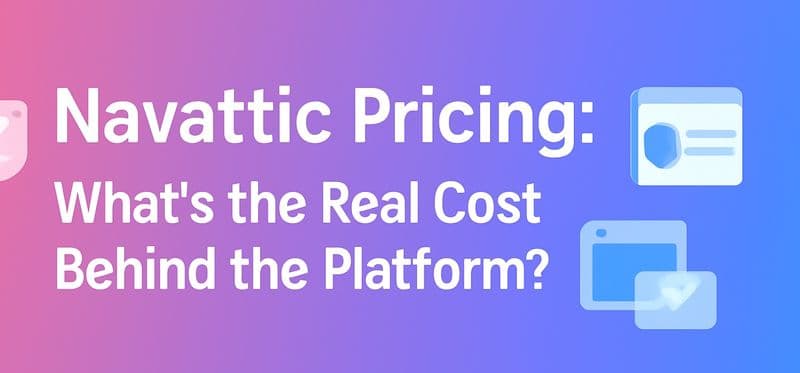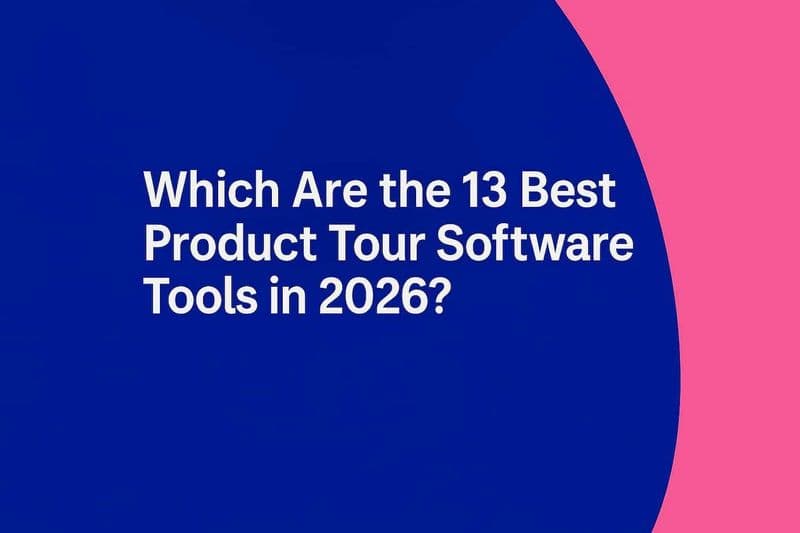
Discover the power of A/B testing for self-service demo optimization with our comprehensive guide. Boost user engagement, increase conversions, and make data-driven decisions to elevate your marketing strategy.
As a kid growing up in India during the 90s, I can't tell you what a game changer Baskin Robbins was. You see, before Baskin Robbins, you went to the ice-cream store, and bought what you *thought* you wanted. There was no being able to try this and try that and then pick what appealed to you most. Nope. You needed to know what you wanted, and that was it.
As you can imagine, that led to a LOT of buyer's remorse. You see, except for the diehard chocoholics in my family, everyone else vacillated in our choice of flavors. So many factors influenced this choice - what we ate before, whether it was summer or not, whether someone's lactose intolerance was acting up… it made the difference between creamy and icy, rich and citrusy.
And then came Baskin Robbins.
It didn't matter what you ate, how hot it was or whatever else. You always nailed it. Because you could (drumroll) A/B test your way through what worked best for you. That evening. In that mood.
Why do any less for our marketing campaigns and self-service demos? Why settle for what we *think* will work, when with a teeny little effort, we can choose what we *know* will work?
Why A/B Testing is Essential for Self-Service Demo Optimization
Because A/B testing is all about feedback, it gives you the pulse of your customers, right now. You make small adjustments and changes (no need to reinvent the wheel!) and get to gauge if it's working better. You then get to iterate within the 'better' set and improve on it further.
In marketing speak this leads to:
Improved user engagement
Increased conversions
Data-driven decision-making
Reduced bounce rates
… because at any point in time, you know what's working, and what isn't.

Getting Started with A/B Testing for Your Self-Service Demo
As they say, the best time to start was yesterday. But the next best time is now.
The sky's the limit when it comes to A/B testing ideas, but here are a few common starting points:
Headlines and copy: Experiment with tone, language, questions, formats.
Call-to-action buttons: Experiment with button colors, text, and placement.
Images and multimedia: Compare different images, videos, or other multimedia elements.
Navigation and user flow: Test different navigation structures or user flows.
Running A/B Tests: The Process
Once you have your test ideas, it's time to set up and run your A/B tests. Here's how we do them at SmartCue:
Define your goal: What do you want to achieve with your A/B test? This could be anything from increasing user engagement to boosting conversions. Identify your metrics.
Choose your testing tool: Select a reliable A/B testing tool that suits your needs and budget. Some popular options include Optimizely, VWO, and Google Optimize.
Create variations: Use your testing tool to create variations of your demo or webpage, implementing the changes you want to test. Ideally, don't test too many things at once. For instance, test the call to action button and the headline separately, or you won't know which of them is actually working.
Set up tracking: Ensure that your testing tool is tracking the right metrics and measuring progress.
Run the test: Launch your A/B test and let it run until you have enough data to make a decision.
Analyzing A/B Test Results and Improving Your Self-Service Demo
Ideally, you want to see a clear pattern emerge. If that isn't happening, the variation isn't big enough for users to have a preference either way. Try turning up the volume of change. Also, don't stop at one test, and don't run just one test at a time. This is a volume game - the more you test, the more preferences you identify, the more optimized your self-service demo gets, and fast.
Here are a few A/B testing principles we swear by at SmartCue:
Look beyond the numbers: Quantitative data is important, but don't forget to consider qualitative feedback from users as well. Solicit help from friendly user groups if the data is confusing - they can often provide valuable context and help you better understand the reasons behind the results.
Consider external factors: Remember that factors outside of your test, such as seasonality or marketing campaigns, could also impact your results. Also remember that nothing lasts forever - what worked today won't tomorrow, and vice versa. Keep your failed iterations in your back pocket for another day.
Keep testing.
Conclusion
Marketers from a decade ago would kill for the sheer volume and intensity of data we have at our fingertips today. However, it can be just a little bit overwhelming. I know that when we first started doing this at SmartCue, we spun out a little bit.
It can take a second for you to find your speed. You'll realize quickly enough which changes are too minor to be A/B tested, and which ones need to be split up further for more effective results. You may also find that some parts of your product and campaign are already incredibly optimized.
If that be the case, be sure to take your marketing team out for ice-cream to celebrate. And in the spirit of A/B testing, I'm hoping you'll take them to Baskin Robbins and tell them about how children of the 90s in India had to decide in advance, sight unseen, what they'd like to order.
Fortunately, the world is a better (and fairer) place today. And in my book, A/B testing had plenty to do with it.


